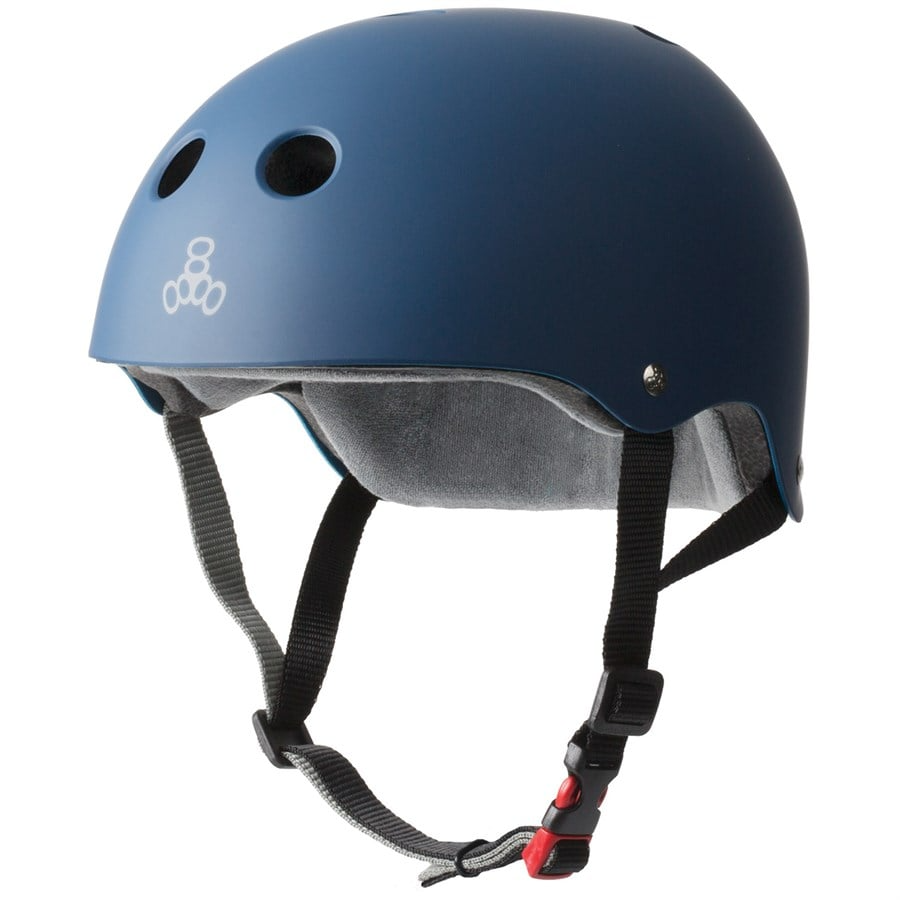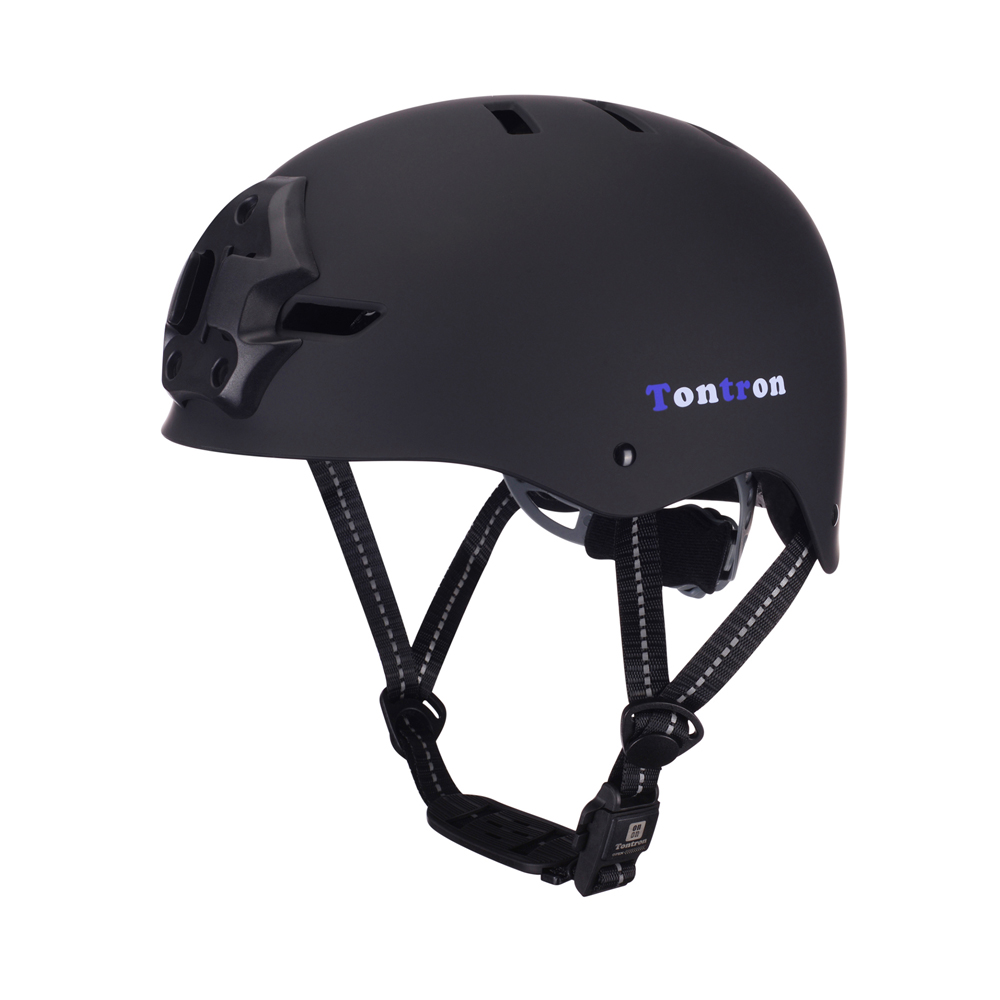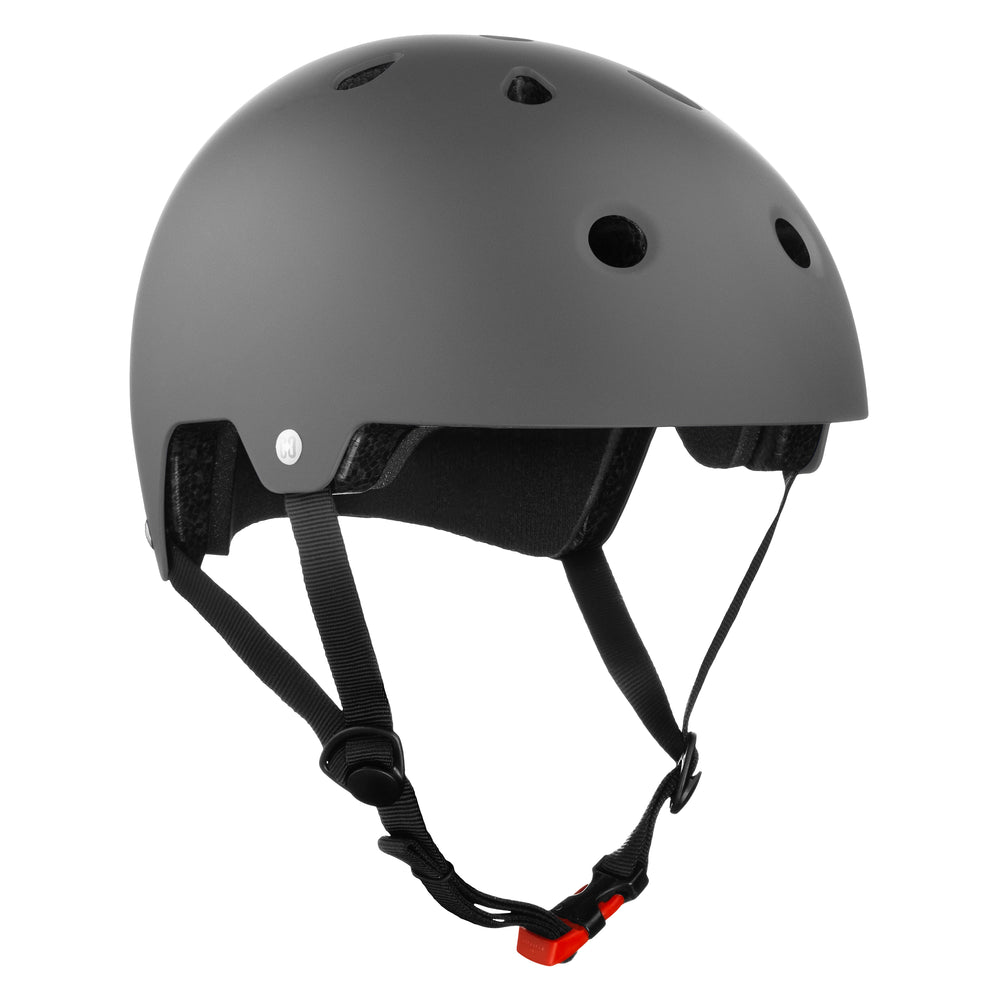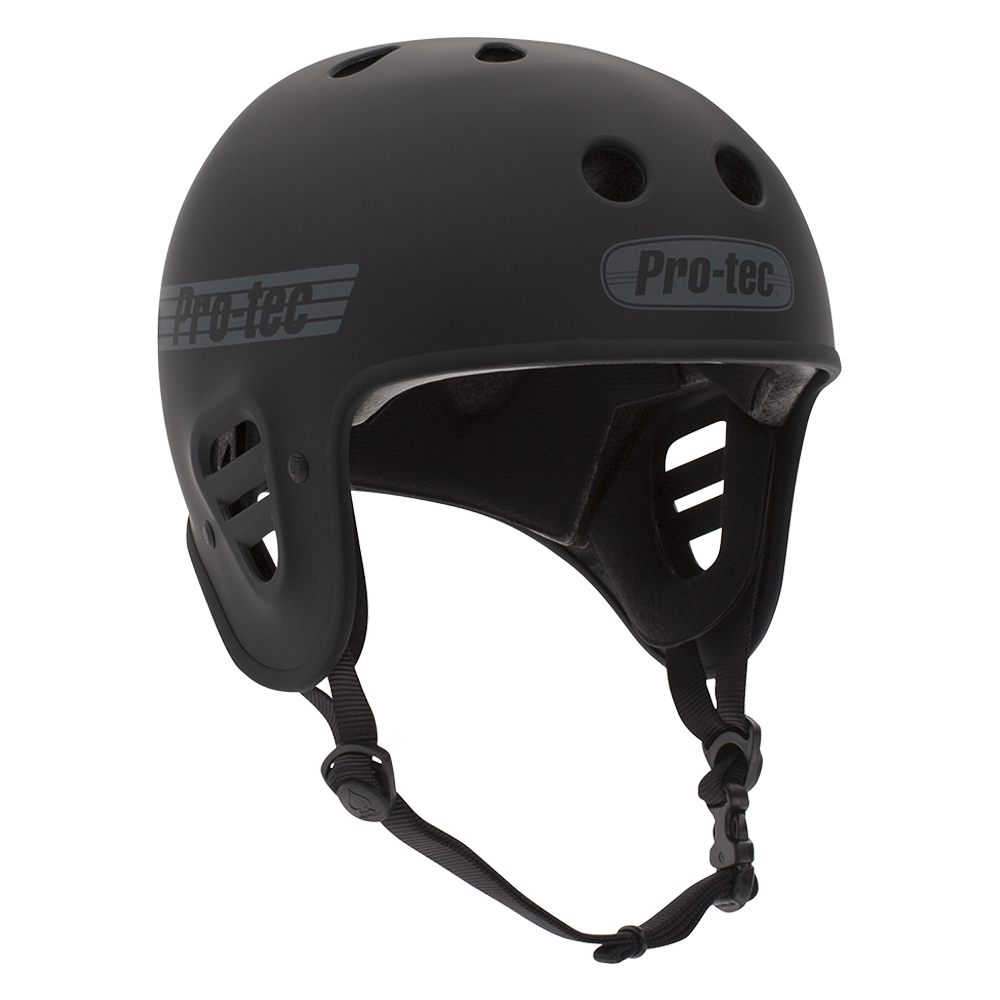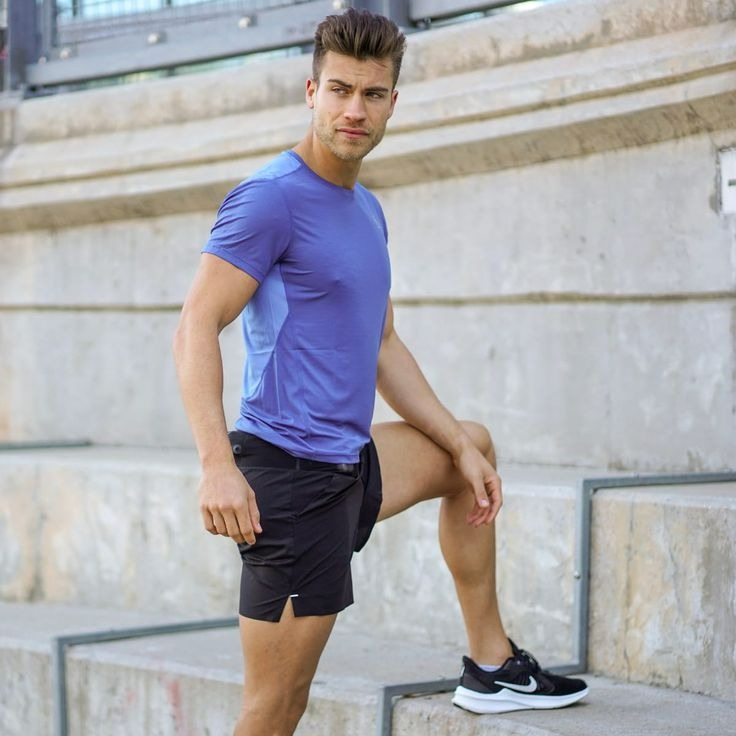Introduction to Skateboard Helmets
Skateboarding is exhilarating. The thrill of cruising down streets or performing tricks is unmatched. But, skateboarding can also be risky. Falls are common, and injuries can be severe. One critical safety measure every skateboarder should consider is wearing a helmet. The right helmet can make the difference between a minor scrape and a serious injury. In this article, we will explore the importance of skateboard helmets, how to choose the right one, and tips to maintain them.
Importance of Wearing a Skateboard Helmet
Preventing Head Injuries
A skateboard helmet is primarily designed to protect your head. Head injuries are some of the most dangerous skateboard-related injuries. They can lead to concussions or even more severe conditions such as traumatic brain injuries. A helmet absorbs the shock from a fall or collision. It distributes the force across a larger area, reducing the impact on your skull. Many studies show that helmets significantly decrease the risk of severe head injuries.
Boosting Confidence
Wearing a helmet can boost your confidence. Knowing you have a layer of protection makes you more willing to try new tricks or ride faster. You may find yourself more daring and adventurous. This confidence booster can help you improve your skills more rapidly. You push your limits with less worry about painful injuries. The helmet becomes a psychological safety net.
Promoting a Safety Culture
When you wear a helmet, you set a good example. Younger or less experienced skateboarders look up to more seasoned skaters. If they see you wearing a helmet, they’re more likely to wear one too. This promotes a safety culture within the skateboarding community. Everyone benefits from a community that prioritizes safety. The trend makes skate parks and skateboarding events safer for everyone involved.
Choosing the Right Skateboard Helmet
Ensuring Proper Fit
The fit is the most crucial factor in choosing a skateboard helmet. A helmet that’s too loose won’t provide adequate protection. One that’s too tight can be uncomfortable or even painful. Begin by measuring the circumference of your head. Use this measurement to select a helmet size. Try the helmet on before making a final decision. The helmet should fit snugly without shifting easily. It should also sit level on your head, covering the forehead without obstructing vision.
Selecting the Right Material
Helmets come in different materials, each offering varying levels of protection. ABS plastic is a common material used in skateboard helmets. It is durable and can withstand significant impacts. Some helmets use polycarbonate plastic, which is lighter but equally resistant. Internally, the helmet should have a foam liner, often made from EPS foam. This liner absorbs impact and adds to your comfort.
Checking Certification
Always check for certification when choosing a helmet. Certified helmets meet specific safety standards. Look for certifications like ASTM F1492, CPSC, or Snell. These standards test helmets for their ability to withstand impacts and penetration. Certified helmets offer a higher assurance of safety. Always prefer a certified helmet over a non-certified one, even if it costs a bit more.
Maintaining Your Skateboard Helmet
Regular Inspection
Regularly inspecting your helmet prolongs its lifespan. Look for any visible cracks or dents. Even minor damage can compromise the helmet’s ability to protect you. Check the straps and buckle to make sure they’re secure. Loose straps can make the helmet ineffective. If you find any significant damage, it’s time to replace the helmet.
Proper Storage
How you store your helmet also matters. Store it in a cool, dry place. Avoid leaving it in direct sunlight for extended periods, as UV rays can weaken the material. Don’t store your helmet in a car during hot days. Extreme temperatures can deform the foam liner and compromise safety. Keep it in a helmet bag if possible, to protect it from dust and dirt.
Cleaning Your Helmet
Cleaning your helmet is essential for hygiene. Use a mild soap and warm water to clean the exterior shell. For the interior padding, you can remove it and wash it separately. Make sure all parts are completely dry before reassembling. Avoid using harsh chemicals or abrasive materials, as they can degrade the helmet’s material. Regular cleaning keeps the helmet fresh and extends its usability.
Different Styles and Features of Skateboard Helmets
Classic Skateboard Helmets
Classic skateboard helmets offer a timeless design. They cover the top of your head and extend slightly to the back. The classic design usually includes a hard outer shell and an inner foam liner. This style often appeals to both casual skaters and professionals. Classic helmets usually feature minimalistic designs and solid colors. They are easy to wear and provide robust protection for everyday skateboarding.
Full-Cut Skateboard Helmets
Full-cut helmets cover more of the head, including the ears. This style is popular among vert and bowl skaters. The additional coverage provides extra protection for risky tricks. Full-cut helmets usually come with more padding, delivering added comfort. They can feel bulkier compared to classic helmets, but the added safety is often worth it. Skaters who perform high-impact tricks generally prefer these helmets.
Multi-Sport Helmets
Multi-sport helmets are versatile. You can use them for skateboarding, cycling, or rollerblading. These helmets meet various safety standards, making them a good investment. They often feature removable visors or additional padding that can be adjusted based on the sport. If you participate in multiple sports, a multi-sport helmet can save you money and space. Just make sure it meets the necessary certifications for all the sports you plan to use it for.
Enhancing Helmet Safety with Additional Gear
Wearing Pads and Guards
Besides helmets, wearing knee pads, elbow pads, and wrist guards can enhance your safety. These protective gears significantly reduce the risk of injuries. Pads and guards come in handy especially when you’re learning new tricks or skating on rough surfaces. They complement the helmet to provide comprehensive protection. It’s a small investment compared to the potential pain and medical costs from injuries.
Using Proper Footwear
Proper footwear is often overlooked but is an essential part of skateboarding safety. Good skate shoes offer grip, support, and protection. They help you maintain control of the skateboard, reducing the likelihood of falls. Shoes with reinforced toes and padded collars offer additional protection. Always wear closed-toe shoes to protect your feet from scrapes and impacts. Combining good shoes with your helmet and pads maximizes your safety.
Following Skateboarding Rules
Following skateboarding rules is another layer of safety. Always skate in designated areas like skate parks. Avoid busy streets and pedestrian pathways. Obey local skateboarding regulations, as these are designed to keep everyone safe. Respect other skaters and pedestrians, and always look before you make any sudden moves. Rules exist for a reason, and following them makes skateboarding more enjoyable and safer for everyone.
Frequently Asked Questions About Skateboard Helmets
How Often Should I Replace My Skateboard Helmet?
You should replace your skateboard helmet every 3 to 5 years, even if it hasn’t been involved in a crash. Materials can degrade over time, reducing the helmet’s effectiveness. If you’ve been in a significant crash, replace the helmet immediately, even if there are no visible signs of damage. The foam liner inside could be compromised, which reduces its ability to absorb impact.
Can I Use a Bike Helmet for Skateboarding?
While bike helmets can offer some level of protection, they are designed differently. Skateboard helmets provide more rear head coverage and are made to withstand multiple impacts. Bike helmets, on the other hand, are often designed for single significant impacts. If you plan to skateboard frequently, invest in a certified skateboard helmet for optimal protection.
How Do I Know If My Helmet Is Properly Fitted?
A properly fitted helmet sits level on your head and covers your forehead without obstructing your view. You should be able to fit two fingers between your eyebrows and the helmet. The helmet should fit snugly, and the straps should form a “V” shape under and slightly in front of your ears. When you fasten the chin strap, you should be able to fit no more than two fingers between the strap and your chin. If the helmet rocks back and forth easily, it’s too loose.
Conclusion
Skateboarding offers excitement and freedom, but it comes with risks. Wearing a skateboard helmet is crucial for your safety. It not only protects against severe head injuries but also boosts your confidence, promotes a safety culture, and sets a good example for others. To maximize the benefits, choose a helmet that fits well, is made of high-quality materials, and meets safety certifications. Regular maintenance like inspection, proper storage, and cleaning can extend the life of your helmet and ensure it remains effective. Additional gear like pads and proper footwear further enhances your safety. Following skateboarding rules and frequently asked questions provide further insights into maintaining a safe skateboarding experience.
By understanding the importance and functionality of skateboard helmets, you take a significant step toward safe and enjoyable skateboarding. Protect yourself, and keep pushing the limits, knowing you’re well-equipped to handle the challenges of this exhilarating sport.
